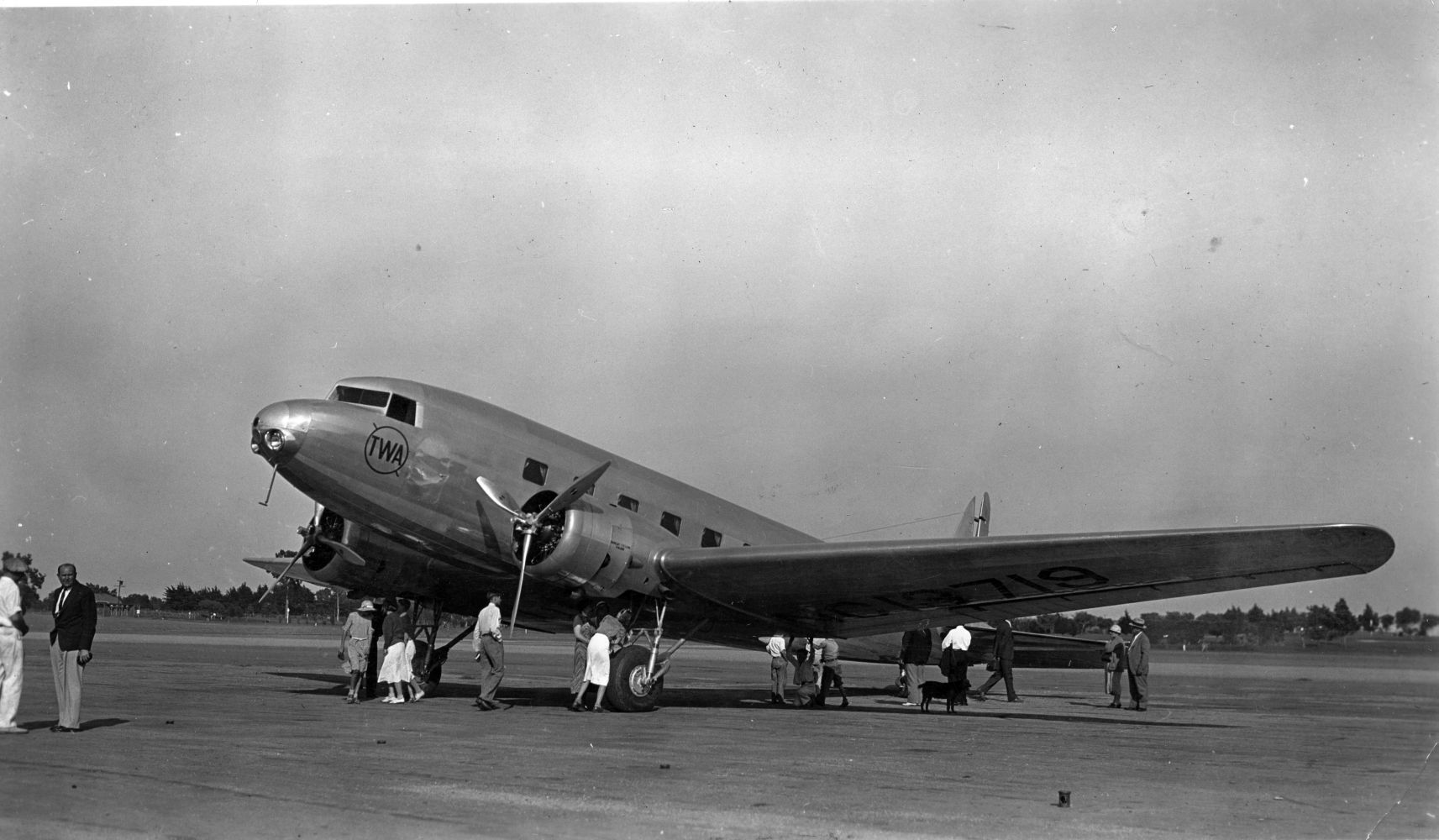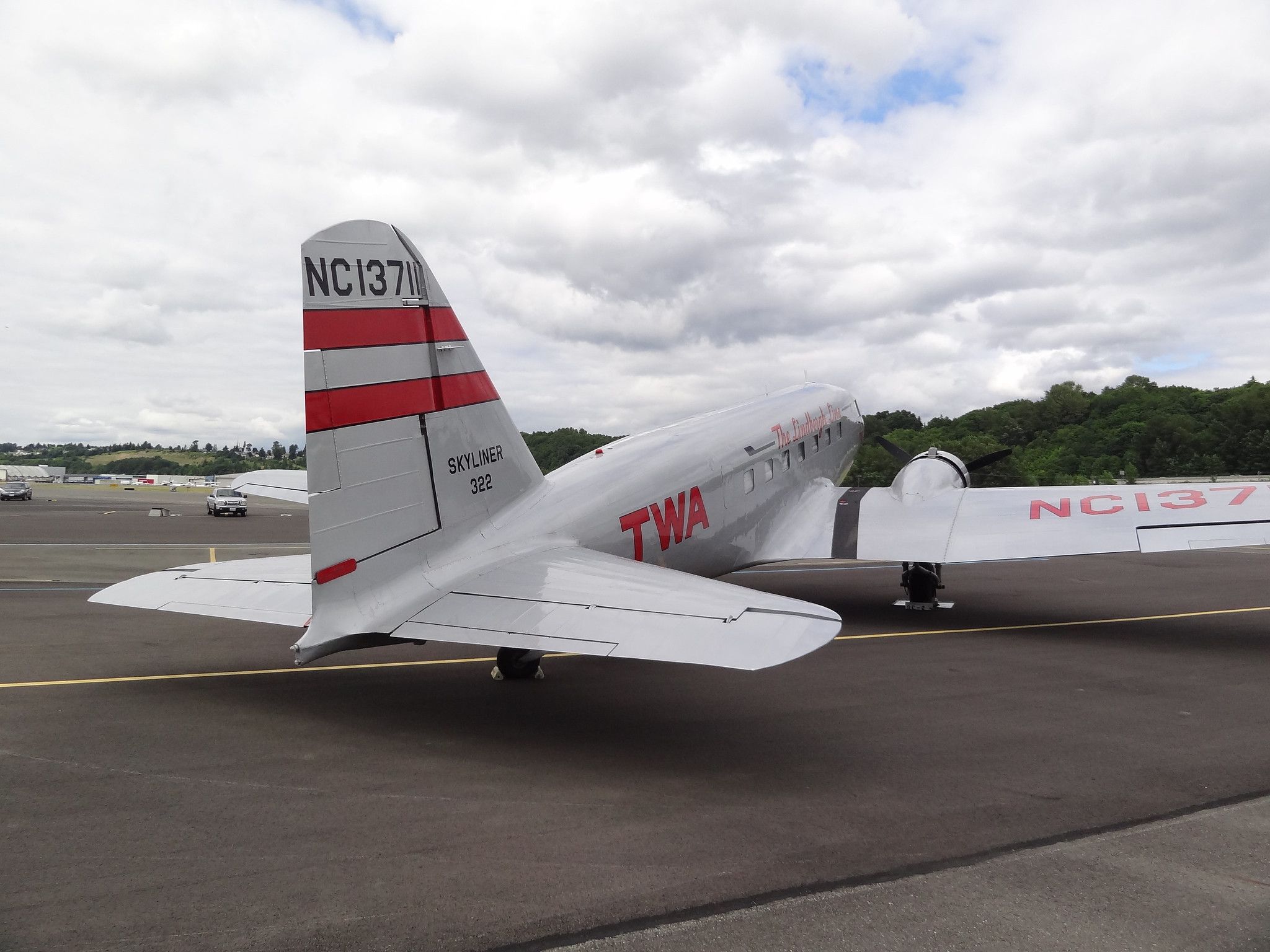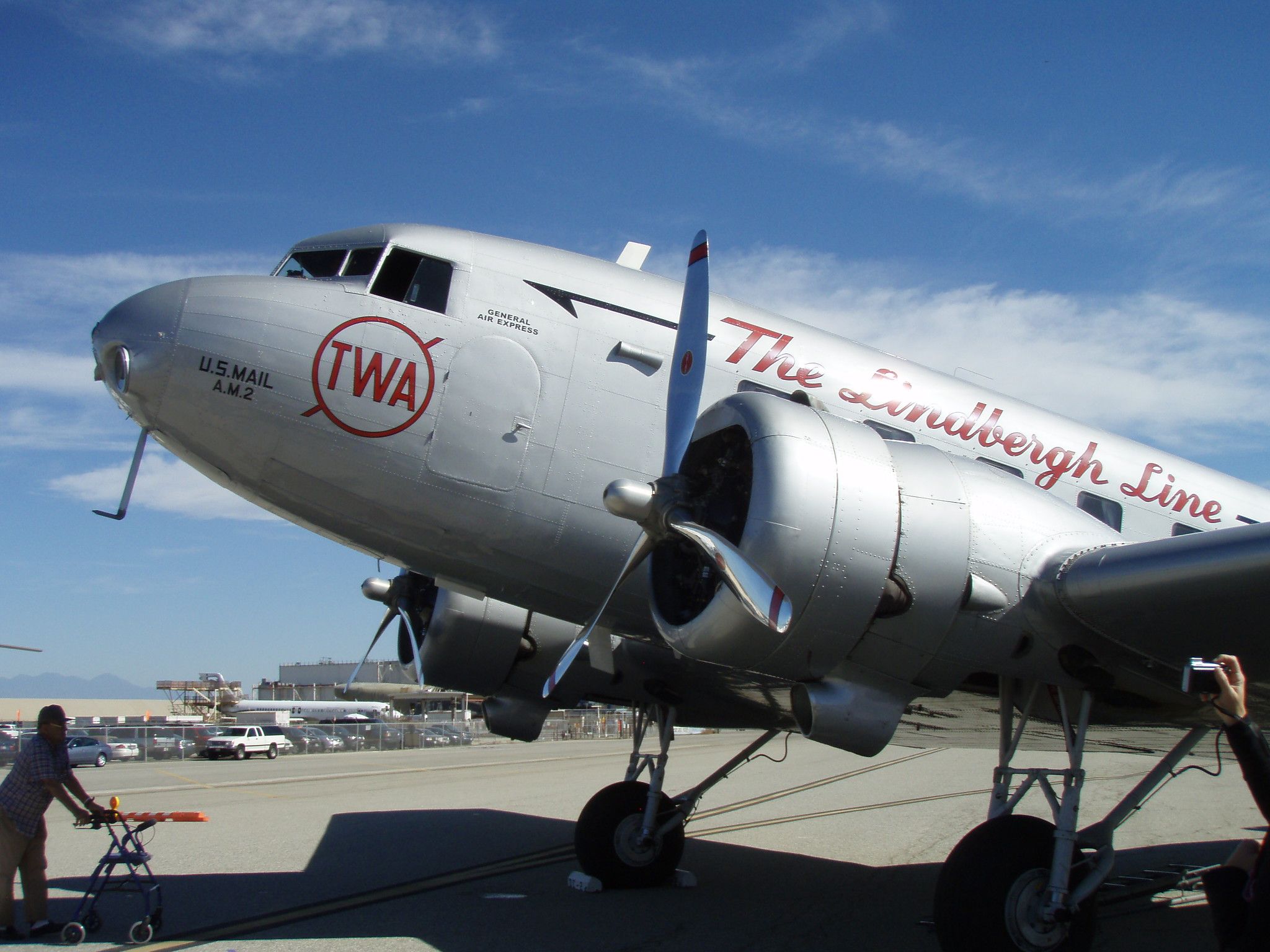Exactly 85 years ago today, on March 1, 1938, TWA Flight 8 disappeared while on a regularly scheduled service from San Francisco Municipal Airport (SFO) to Winslow Airport (INW) in Arizona. The aircraft involved in the incident was a three-year-old twin-engine Douglas Aircraft Corporation DC-2-112 registered NC13789.
In command of the aircraft was Captain John Graves, a former military pilot assisted by co-pilot First Officer C. W. Wallace. A year earlier, Graves had achieved notoriety after locating and dropping food to a group of snowbound people trapped in northern Arizona. Transcontinental & Western Air (TWA) Flight 8 was carrying six passengers to its hub at Winslow, Arizona, where they would board a flight between Los Angeles and New York.
Winslow was a hub for TWA
The aircraft departed San Francisco at 19:30 local time and had good visibility with a cloud ceiling of between six and seven thousand feet.
Two hours into the flight, the weather conditions began to deteriorate rapidly, and the crew radioed air traffic control (ATC), asking for permission to divert to Los Angeles.
As the flight was nearing Tehachapi Mountains near Bakersfield, California, Captain Graves noticed that ice was beginning to form on the plane's wings. Graves then radioed ATC again to say they were diverting to Fresno. That was the last radio contact between the aircraft and controllers on the ground.
A search was launched for the missing plane
When the flight failed to arrive in Fresno at the anticipated time, a search was launched to look for the plane. An Edison Electric Company employee stationed at a powerhouse on Huntington Lake 45 miles east of Fresno said they observed the aircraft flying low above the San Joaquin River at around 21:30.
The information led the rescuers to concentrate their search in the Sierra Nevada mountains east of Fresno. The search was hampered by what authorities called the worst storm in 64 years, preventing the use of aircraft to locate the missing plane. As the days passed, TWA grew increasingly desperate to find the plane, offering a $1,000 reward to anyone who could locate it.
It didn't help that, just a day after the plane went missing, TWA received a phone call from United Airlines offices in Fresno to say the plane had been found. The message said that the aircraft was 20 miles from Fresno, and that passengers were injured, but nobody had been killed. TWA later discovered that the message was a hoax and resumed the search for the missing plane. United Airlines in San Francisco and Fresno denied that any of their employees had made the hoax call.
The aircraft was found in Yosemite National Park
Three months after going missing, the plane had still not been found. This led private citizen 23-year-old H.O. Collier of Fresno to begin his search for the missing plane. After talking with TWA staff and studying flight path charts, Collier set off to look for the aircraft.
In early June, Collier hiked into the mountains northeast of Wawona, California, and stumbled upon the wreckage of Flight 8. The crash site was 32 miles northeast of where previous searches had taken place. The plane's wreckage was partially buried in the snow on Buena Vista Crest, within Yosemite National Park.
The bodies of eight of the plane's nine passengers and crew had all been thrown from the aircraft. The body of fight attendant Martha Mae Wilson was trapped in the wreckage.
Investigators speculated that strong winds associated with the storm had blown the plane off course as it tried to divert to Fresno. The aircraft appeared to have taken the tops off several pine trees before crashing into the mountain 200 feet below the summit.



